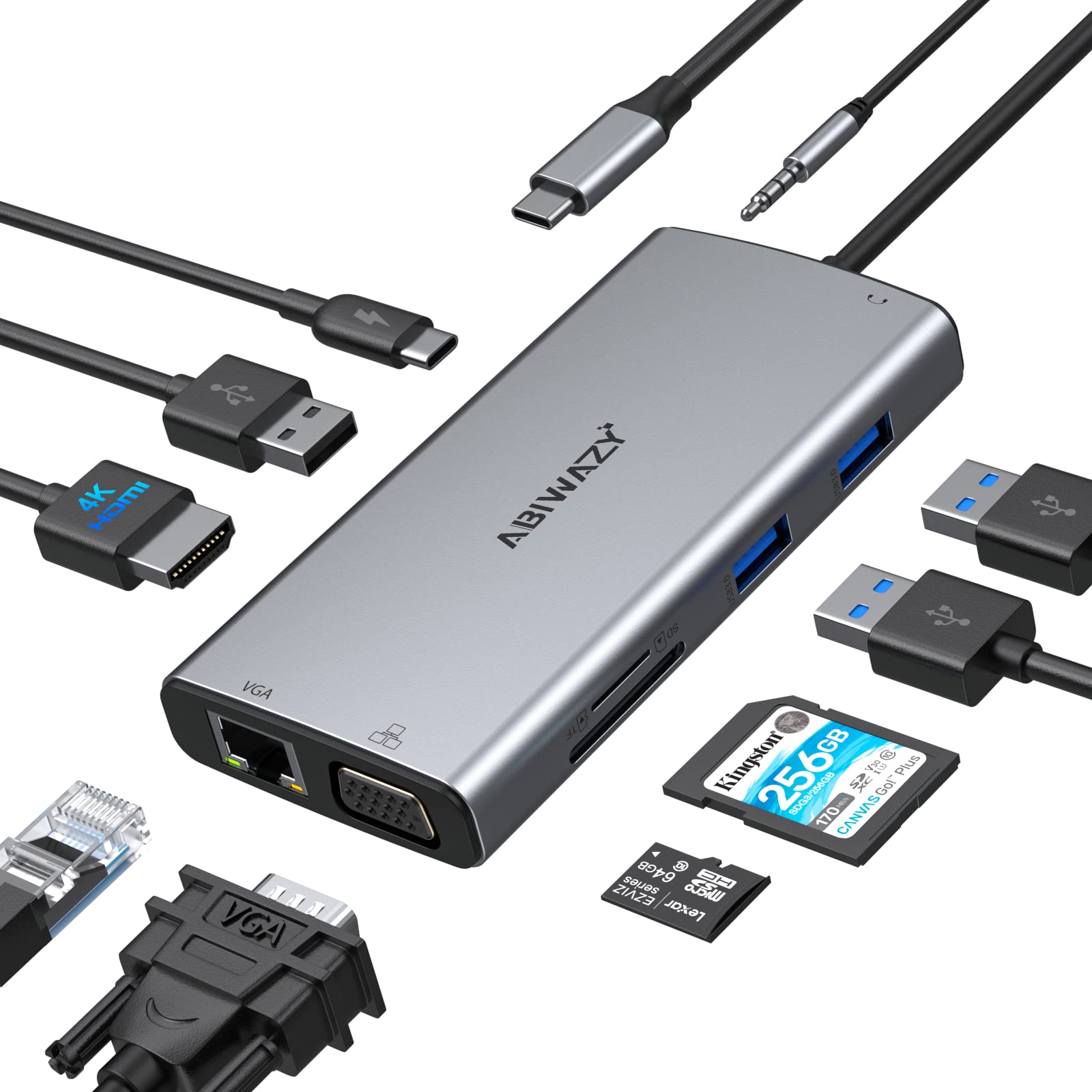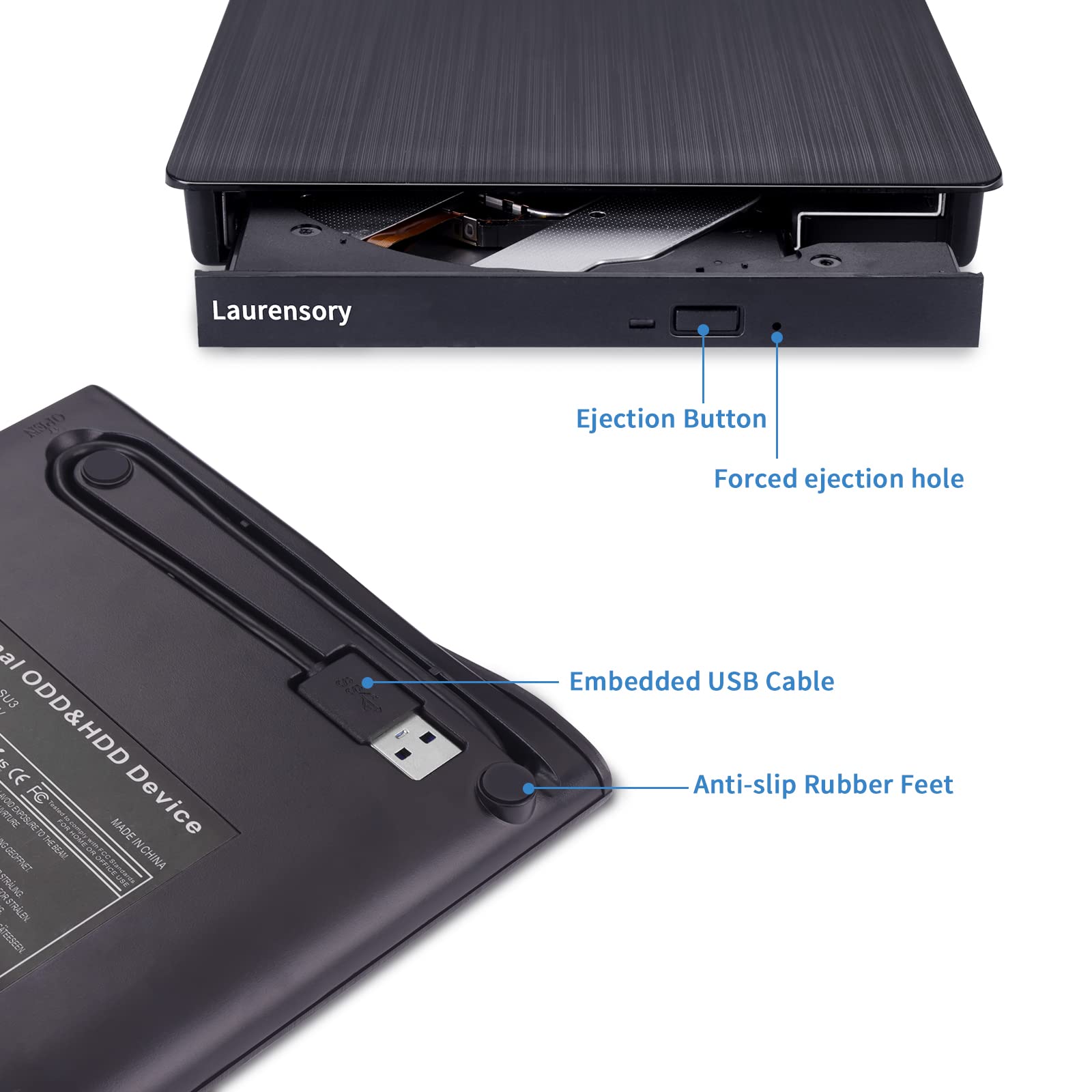Having trouble force ejecting your hard drive on your Mac? Look no further! In this article, we will explore 8 fixes for external disk issues.
Why External Drives Won’t Eject on Mac
If you’re having trouble ejecting an external drive on your Mac, there are several fixes you can try before resorting to force ejecting. Here are 8 potential solutions to the problem:
1. Close any applications or files that may be using the external drive. Sometimes, a program may be accessing the drive, preventing it from being ejected. Quitting these applications should free up the drive.
2. Use the Finder to eject the drive. Right-click on the drive’s icon and select “Eject” from the menu. Alternatively, you can drag the drive’s icon to the Trash.
3. Try using the keyboard shortcut to eject the drive. Press Command + E or Command + Y to attempt ejecting the drive.
4. Disconnect the drive and reconnect it. Sometimes, simply unplugging and plugging the drive back in can resolve the issue.
5. Restart your Mac. This can help refresh the system and resolve any temporary glitches that may be preventing the drive from ejecting.
6. Use Disk Utility to eject the drive. Open Disk Utility, select the drive, and click on the “Unmount” button. Once the drive is unmounted, you should be able to safely eject it.
7. Check for any software updates for your Mac. Updating your operating system and other software can sometimes fix compatibility issues that may be causing the problem.
8. If all else fails, you may need to force eject the drive. To do this, hold down the Option key and right-click on the drive’s icon in the Finder. Select “Eject” from the context menu while holding down the Option key.
Common Fixes for Unresponsive External Drives
- Step 1: Check the connection:
- Ensure that the USB or Thunderbolt cable is securely connected to both the external drive and the Mac.

- Try using a different cable or port to rule out any connection issues.
- Step 2: Restart the Mac:
- Save any open files and restart your Mac to refresh the system and potentially resolve any temporary issues.
- Step 3: Update macOS:
- Check for any available system updates by going to the Apple menu > About This Mac > Software Update.
- If an update is available, install it and then try accessing the external drive again.
- Step 4: Use Disk Utility:
- Launch Disk Utility from the Applications > Utilities folder.
- Select the unresponsive external drive from the list on the left.
- Click on the First Aid tab and then click on “Run” to check and repair any disk errors.
- Once the process is complete, try accessing the drive again.
- Step 5: Force Quit unresponsive applications:
- If any applications are causing the external drive to become unresponsive, force quit them by pressing Command + Option + Esc.
- Select the application from the list and click on “Force Quit”.
- Step 6: Reset NVRAM/PRAM:
- Shut down your Mac and then turn it on while holding Command + Option + P + R.
- Continue holding the keys until you hear the startup sound for the second time.
- Release the keys and wait for your Mac to restart.
- Step 7: Disconnect other external devices:
- If other external devices are connected to your Mac, disconnect them temporarily to see if they are causing any conflicts with the unresponsive external drive.
- Restart your Mac after disconnecting the devices and then try accessing the drive again.
- Step 8: Seek professional help:
- If none of the above steps work, it is recommended to seek assistance from a professional technician or contact the manufacturer for further support.
Safe Ejection Methods for External Hard Drives
When it comes to ejecting external hard drives safely on a Mac, there are a few methods you can try. Here are 8 fixes that can help you safely eject your external disk without any issues.
1. Use the Finder: The simplest and most common method is to use the Finder. Simply open a new Finder window, locate your external hard drive under “Devices” or “Locations” in the sidebar, and click on the eject button next to it. This will safely eject your external disk.
2. Use the Menu Bar: Another quick way to eject your external hard drive is by using the Menu Bar. Click on the external disk icon in the Menu Bar, then select the eject option.
3. Keyboard Shortcut: If you prefer using keyboard shortcuts, you can press “Command + E” to eject your external hard drive.
4. Disk Utility: If the normal methods fail, you can try using Disk Utility. Open Disk Utility, select your external disk, and click on the eject button in the toolbar.
5. Terminal Command: For advanced users, you can use the Terminal to force eject your external disk. Open Terminal and type “diskutil eject /Volumes/[disk name]“, replacing [disk name] with the actual name of your external disk.
6. Force Quit Applications: Sometimes, certain applications might be preventing your external disk from ejecting. Use the Force Quit option to close any applications that are accessing the disk.
7. Safely Remove Hardware: If you’re using a USB or Thunderbolt connection, you can try using the “Safely Remove Hardware” option in the menu bar. This option ensures that all data transfers are complete before ejecting the disk.
8. Restart Your Mac: If none of the above methods work, a simple restart of your Mac can often resolve any issues and allow you to safely eject your external disk.
Advanced Solutions for Stubborn Drive Ejection Issues

If you’re experiencing stubborn drive ejection issues on your Mac, there are advanced solutions to help you. Here are 8 fixes for external disk force eject problems.
1. Use the Terminal: Open the Terminal app and type “diskutil list” to identify the disk. Then, use the command “diskutil eject disk identifier” to force eject the disk.
2. Force Quit Applications: Check if any applications are accessing the disk and force quit them. Open the Apple menu, go to “Force Quit,” and select the application using the disk.
3. Restart Finder: Sometimes, Finder may be the culprit. Hold the Option key and right-click on the Finder icon in the Dock. Select “Relaunch” to restart Finder.
4. Use Disk Utility: Open Disk Utility from the Applications folder. Select the stubborn disk and click on the “Unmount” button. Then, click on the “Eject” button.
5. Try Terminal Eject Command: In Terminal, use the command “drutil eject” followed by the disk name to force eject a CD or DVD.
6. Log Out and Log In: Log out of your Mac and log back in. This can help release any locked files associated with the disk.
7. Reset SMC: Resetting the System Management Controller (SMC) can resolve drive ejection issues. Shut down your Mac, press and hold the Shift + Control + Option keys, then press the power button. Release the keys and start your Mac.
8. Contact Apple Support: If none of the above solutions work, reach out to Apple Support for further assistance.
FAQ
What happens if you force eject a hard drive on Mac?
If you force eject a hard drive on Mac, it can potentially lead to data corruption or file system damage, rendering the drive unrecognizable by any device.
How do I force my Mac to eject an external hard drive?
To force your Mac to eject an external hard drive, you can try logging out and then logging back in. If that doesn’t work, you can shut down your Mac, disconnect the hard drive, and then start your Mac again.
How do I force eject a hard drive from Mac terminal?
To force eject a hard drive from Mac terminal, open the Terminal by clicking “Go” at the top of the screen, selecting “Utilities,” and then double-clicking the “Terminal” icon. Once in the Terminal, enter the command “drutil tray eject” and press Return.
How do I force eject a drive?
To force eject a drive, you can access the Disk Management tool by right-clicking This PC, selecting Manage, and navigating to Storage > Disk Management. From there, simply right-click on the drive you want to eject and choose the Eject option.

